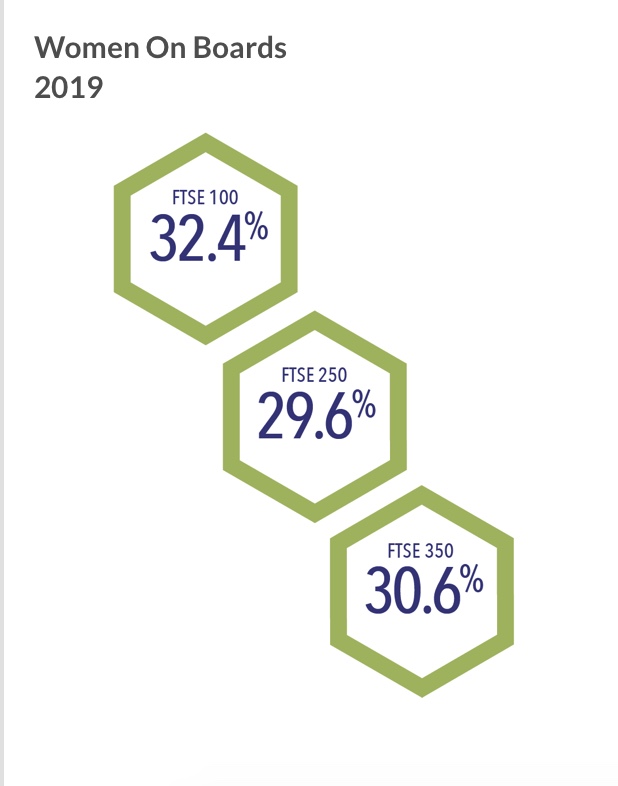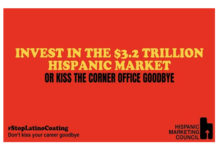While it’s been the strongest year of progress for women on boards, the number of women in senior leadership roles is still inadequate, and a ‘long way off’ from meeting 2020 targets, according to the latest Hampton-Alexander Review.
Women’s representation in the senior leadership of FTSE 100 companies increased this year to 28.6%, up from 27% in 2018. The FTSE 250 also saw an increase of female representation to 27.9%, compared to 24.9% in 2018. Yet, around 175 companies are still ‘well adrift’ from the 33% target, the review found.
“Unless half of all appointments made this year go to women – our target for 2020 is not going to be met,” stated Sir Philip Hampton, Chair of the Review.
STEP-CHANGE REQUIRED
A step-change is needed for senior leadership roles below board level. “There are over 900 women now serving on FTSE 350 boards, providing an ever-increasing pool of women with substantial board experience, yet only 25 women have been appointed into the Chair role, even fewer as women CEOs, and showing little sign of change,” commented Denise Wilson, Chief Executive of the Review.
Although significant progress has been made since the journey began in earnest in 2011, “a stronger focus is now required at every stage of the appointment process to address the reasons why top jobs aren’t going to women”, she added.
BOARD LEVEL PROGRESS
On a positive note, the FTSE 350 is on track to meet its 33% target of women on boards by 2020. Women now hold 32.4% of all FTSE 100 board positions, up from 30.2% last year (compared to just 12.5% in 2011), and expects to achieve the target ahead of the 2020 deadline. The ‘biggest risers’ in the FTSE 100 rankings, with 40% or more women are Standard Life Aberdeen, Schroders, CHR and Royal Bank of Scotland.
Approximately, 29.6% of all FTSE 250 board positions are now held by women, up from 24.9% last year (compared to just 7.8% in 2011) – also on track to meet the 2020 target.

But “not all companies are making the same effort”, the review found. The gap between those working hard to improve gender balance and those doing little, “is more obvious each year”. Following successful campaigning and pressure from investors ‘One & Done’ boards have reduced from 74 to 39 this year. These companies are a long way off target and “showing a seemingly tokenistic approach to gender balance”. Only two ‘all-male’ boards remain (Daejan Holdings and Kainos Group), compared to five last year (and 152 in 2011).
TIME TO AIM HIGHER
Overall, good progress is being made, but it is “time for us to aim higher”, said Chris Cummings, Chief Executive of the Investment Association. “This pace of change now needs to extend beyond the board to senior executive leadership roles if businesses are to demonstrate their diversity at all levels.”
It’s been “a good year, but there is still much work to do”, concluded the review. Priorities for 2020 include focusing on driving further progress amongst the remaining ‘One & Done’ boards; encouraging more concerted efforts to appoint women to senior leadership positions; and developing a stronger focus on what it takes for more women to get the top jobs on boards.





































